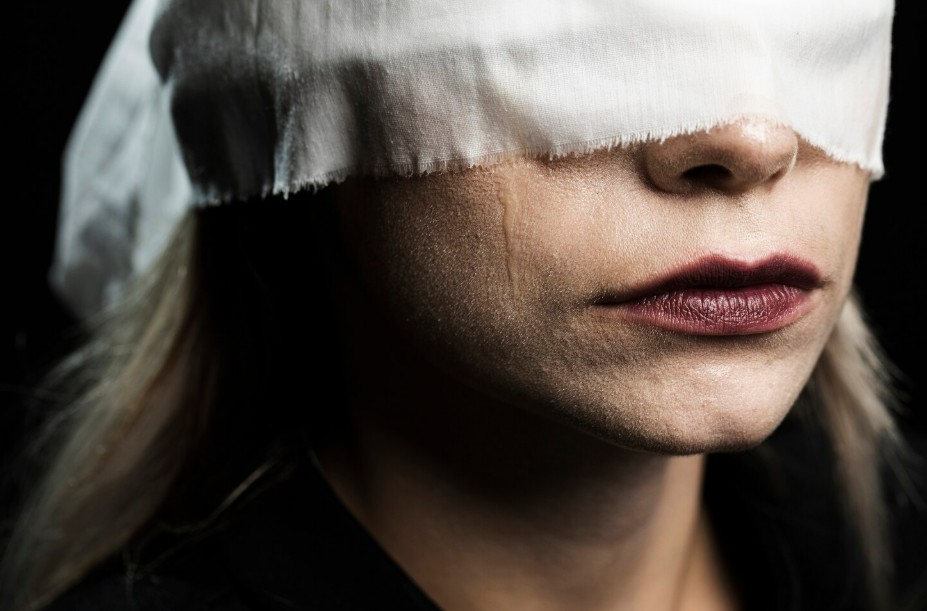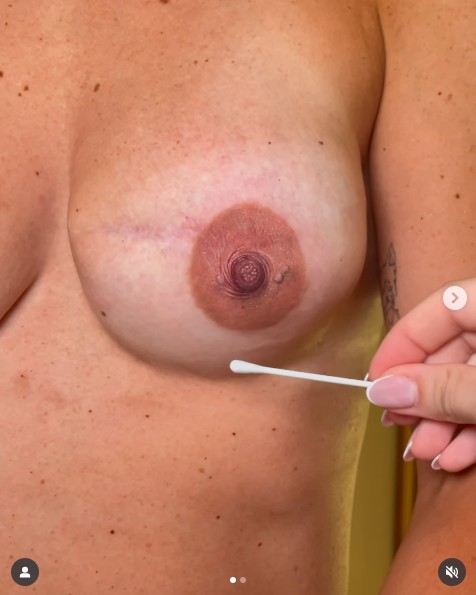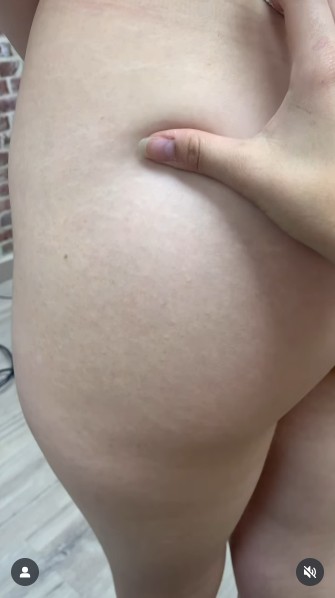Menu
close

A scar always tells a story: a fall, a surgical procedure, a burn, or a skin disease. It is estimated that over 30% of the population has some visible scar, and although effective treatments exist today to improve their appearance, complete removal is not always possible.
However, when we talk about scars, we cannot limit ourselves to the physical aspect. The skin is our calling card, and when a mark is visible, it can deeply affect self-esteem and self-confidence. In fact, numerous studies on patients with burns or acne show that those with scars in exposed areas often experience shame, insecurity, social isolation, difficulties in intimate relationships, and even depression due to challenges in social interactions.
A particularly significant example is hidradenitis suppurativa, a chronic inflammatory disease that causes painful outbreaks of abscesses and extensive scarring in the armpits, groin, or other intimate areas. Beyond the physical pain, patients often carry the emotional burden of permanent marks, which act as a constant reminder of the disease and, in many cases, affect their emotional life, generating anxiety, depression, or feelings of stigmatization that profoundly impact their quality of life.
Today, there are multiple therapeutic options to treat scars, with two main objectives: improving their appearance and restoring skin function. The most notable include:
Since there is no single definitive treatment for every scar, the most effective approach usually combines several of these therapies, tailored to the patient’s skin characteristics and needs.
There is an alternative therapy that has gained prominence over the years and is now a complementary tool in the comprehensive approach to scars: therapeutic or paramedical tattooing.
It has long been recognized for its fundamental role in aesthetic reconstruction after oncological surgeries, such as breast cancer, where the areola and nipple can be redrawn in 3D with highly realistic results.

It is also used to restore color and uniformity to skin affected by stretch marks or scars, camouflaging them with pigments that match the natural skin tone (cloaking), or even transforming the scar into an artistic design, integrating the mark into the tattoo and making it visually imperceptible.

Although this procedure does not cure the scar, it helps restore body appearance, improving self-esteem and supporting emotional recovery.
When we talk about scars, focusing on the skin alone is not enough. It is essential to understand that each scar carries a personal experience and an emotional impact. Therefore, treatment should be comprehensive: combining the most suitable medical and/or aesthetic options with psychological support to help patients regain not only their appearance but also their confidence and overall emotional well-being.